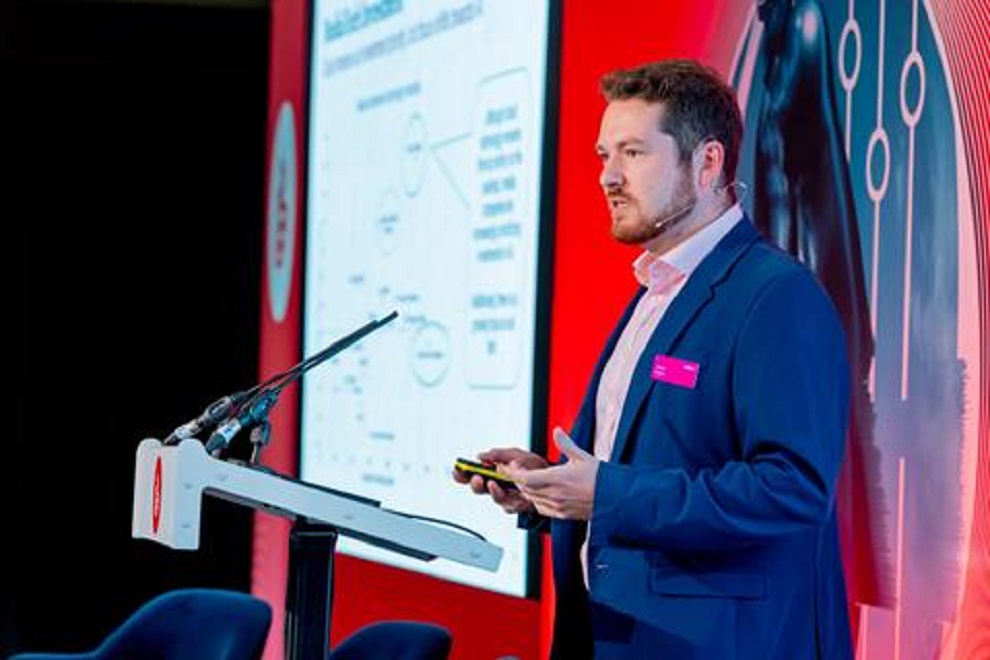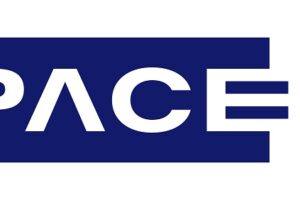The IABM had the honour of kicking off this year’s IBC conference series with an opening session focussed on how companies can make their way through a rapidly changing media landscape.
Chris Evans, IABM’s Head of Knowledge, opened the session titled ‘Navigating a new Media Landscape: the Journey Starts Here’ with highlights of IABM’s latest report on the state of the media industry. Some key findings of the report are: business confidence has improved since NAB; streaming services have reached maturity with subscriber growth plateauing, driving demand for new revenue sources such as advertising; and significant consolidation is being seen due to the financial struggles in the streaming market.
Stan Moote, IABM’s CTO followed with the latest Technology Roadmap. Moote described some significant changes made to the groupings in the roadmap. Instead of ‘Cloud’ being an all-encompassing category, “we’ve taken some of the things like storage and CPUs and we’ve moved that into infrastructure,” he said.
Moote identified several areas that have risen in importance and adoption over the past year:
– Tangible sustainability with a focus on reducing physical boxes and improving energy efficiency
– Security standards with Zero Trust approaches and secure architectures gaining attention
– Immersive and imaging technologies are gaining traction with XR studios being popular for news programmes
The main portion of the session was devoted to a panel discussion, with Renard Jenkins, President of SMPTE and President and CEO of I2A2 Technologies, and Carlos Octavio, Head of Corporate Strategy and Architecture at GLOBO joining Evans and Moote to present their real-world experiences of the changes being experienced across the industry.
Cloud
Jenkins expressed a cautious approach to a wholesale adoption of cloud services: “We’re going to continue to see a hybrid version of this, but we’re going to see the scale switch a little bit,” he said. “Whereas we saw more on-prem as a percentage over the last few years, we’re going to start to see more of the cloud percentage as prices for that type of technology go down, and security in that space actually moves up.”
Octavio expressed the view that the lift and shift method being taken to cloud migration is, “not ideal,” and pushed for a native cloud approach. “When we speak about cloud, we have to separate when we’re speaking about digital products,” he said. “I think they’re fully on public cloud. When we go to the media supply chain, I see that vendors and suppliers are still on their roadmap adapting and bringing their solutions.”
Business Transformation
Jenkins stressed the importance of using of predictive AI to improve viewer experience. “How do we give audiences what they truly want instead of what they think they want,” he asked. “Through the use of predictive AI to look at audience data. For years, we assumed that the audience wanted an a-la-carte situation where they can choose what they have and when they watch it. We have seen that by proliferating the industry with just a ton of options, we now have people in a sense of paralysis. We can begin to use that data and tell exactly where the audience trends will lead us.”
Octavio spoke of what he called ‘TV 3.0.’ “I think speaking about digital and linear, will be old fashioned,” he said. “We will be able to bring the capabilities of digital to free-to-air. “We look at it as a huge opportunity for improving the business model like having dynamic ad insertion and personalization at scale.”












